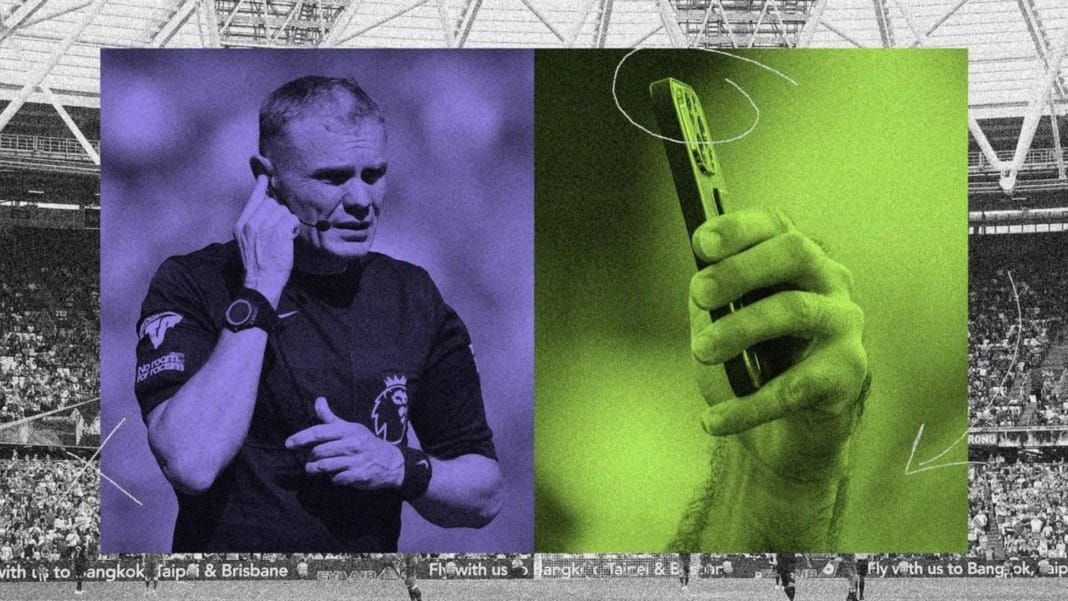A significant change is on the horizon as the Premier League prepares for its upcoming season. The current Video Assistant Referee (VAR) system, which has faced widespread criticism for delays and questionable accuracy, will be replaced by an innovative iPhone-powered solution designed to detect offside violations more effectively.
New technology to address VAR issues
The new system, Semi-Assisted Offside Technology (SAOT), will employ a fleet of iPhones, primarily iPhone 15 Pro models, strategically positioned around the pitch. Between 24 and 28 of these devices will capture high-frame-rate footage at up to 100 frames per second (fps), offering a comprehensive view of the entire field.
The Premier League’s decision to upgrade its VAR system with SAOT likely stems from ongoing frustrations with the current technology. Delays in decision-making and inconsistencies in offside rulings have been a constant source of controversy, leading to calls for a more reliable solution. The new system addresses these issues by combining high-tech hardware with advanced data analysis.
How does the new system work?
Genius Sport, the company behind SAOT, has detailed how the technology will function. According to Matt Fleckenstein, the company’s chief product officer, the iPhones will generate a 3D virtual mesh of each player using between 7,000 and 10,000 data points. The iPhones’ ability to capture video at high frame rates makes this intricate mapping possible, ensuring that even the most subtle movements are recorded.
Currently, the system operates at 100fps, but tests have shown it can handle frame rates as high as 200fps. Once the data is collected, it is sent to an on-site server where GeniusIQ, the company’s proprietary system, processes it. Interestingly, the iPhones themselves can perform local video processing, adding another layer of efficiency to the system.
The high frame-rate capture, combined with detailed player mapping and centralised data analysis, allows SAOT to achieve higher accuracy in offside detection. The system uses predictive algorithms and advanced computer vision, which have been trained in several seasons of football matches. This technology can identify individual body parts, including players’ fingers, providing a level of detail far beyond the traditional methods used by existing VAR systems.
Moreover, this detailed mapping ensures that players’ positions and movements are tracked even when they are partially obscured from view, further enhancing the accuracy of offside calls.
Enhancing the quality of officiating
The introduction of SAOT is expected to improve the quality of officiating in Premier League matches significantly. By leveraging the iPhones’ ability to record at high frame rates, the new system can eliminate one of the major flaws of current VAR technology: the inability to pinpoint the exact moment a ball is kicked. This enhancement could lead to more accurate and timely offside decisions, reducing the likelihood of contentious calls and improving the game’s overall flow.
As football continues to evolve, so does the technology supporting it. The Premier League’s move to adopt iPhone-powered VAR technology indicates that the sport is embracing innovation to enhance fairness and accuracy on the pitch. Fans and players alike will be watching closely as this new system is rolled out, hoping that it will bring a new level of precision to one of the game’s most critical aspects.





